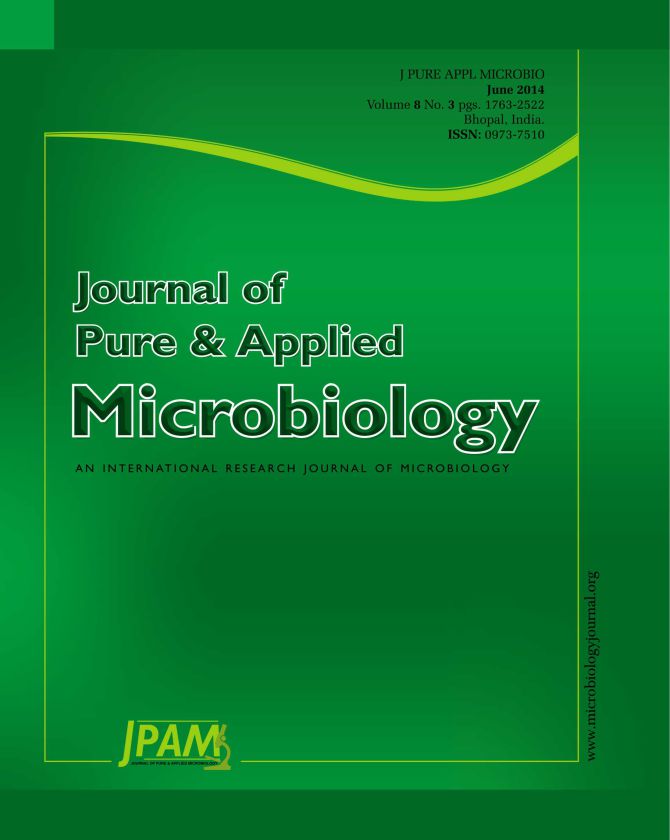In the present work, Staphylococcus gallinarum W-61 was studied for the removal of Cd(II), Ni(II), Cr(VI), Cr(III) ions from aqueous solution. All experiments were conducted with the dried and non growing biomasses of S. gallinarum W-61 under varying conditions of pH, contact time, and initial concentration of the metal ion. The pH of the solution considerably altered the biosorption capacity of metal ions by the test isolate. Biosorption of Cd and Ni was maximum at pH 6.5, pH 4.5 was found optimum for Cr(III) whereas S. gallinarum W-61 adsorbed Cr(VI) maximum at pH 2.5. The removal of metal ions was conspicuously rapid; most of the total adsorption occurred within 30 min of reaction time. The sorption data was analyzed with the Langmuir and Freundlich isotherm models. The highest Qmax and Kf value was found for the biosorption of Cd(II) with 48.8 mg/g and 6.78 mg/g respectively when the experiment was conducted with the non growing biomass of S. gallinarum W-61. Recovery of metal ions (Cr(VI), Cr(III) Cd(II) and Ni(II)) through desorption was found better with the dried biomass compared with the non growing biomass of the isolate. The isolate was further tested for its bioaccumulation potential under actively growing conditions. .The results of bioaccumulation shows that S. gallinarum W-61 has accumulated varying amount of test metals intracellularly. The isolate could be employed for the removal of heavy metals from spent industrial effluents before discharging it into the environment.
Biosorption, Bioaccumulation, Metal, Bioremediation, Adsorption isotherms, Staphylococcus gallinarum
© The Author(s) 2014. Open Access. This article is distributed under the terms of the Creative Commons Attribution 4.0 International License which permits unrestricted use, sharing, distribution, and reproduction in any medium, provided you give appropriate credit to the original author(s) and the source, provide a link to the Creative Commons license, and indicate if changes were made.


